EEE6207
有志者,事竟成!如果你在学习数据库,那么本文《EEE6207》,就很适合你!文章讲解的知识点主要包括MySQL,若是你对本文感兴趣,或者是想搞懂其中某个知识点,就请你继续往下看吧~
EEE6207 – Assignment – 2020/21
P. Rockett
12th December 2020
Note
This assignment will almost certainly require you to do some searching to identify suitable
methods of solving the problem(s). The Linux API—the system to be used here—contains so
many functions that it is impossible to learn all the details. Therefore, real systems programming
frequently involves looking through the documentation. However, by this stage in the
course, you should understand enough about operating systems to narrow your search down
to the relevant OS features.
1 Introduction
Computers are increasingly being used in control applications. Consider the case of a computerbased
controller where the system generates an updated control input every 10-15 minutes—in other
words, this is a real-time controller, but the time scale is not computationally very demanding. Such
systems are common in, for example, chemical engineering where the characteristic response time of
a physically massive chemical reactor is very slow due to inertia.
Looking at the simple example program below, the main program comprises an infinite loop
(since control is ongoing). The value of the input to the control variable u is determined by a simple
function called control function that takes the time index t as an input. Notice that in this trivial
example, the printf statement mimics sending the value of u to the plant at which point the process
sleeps for some period equal to the update time for the controller—maybe 10-15 minutes might be
used in practice for a large, slowly-responding plant1
.
// Example controller program -- pir
include
include
include
include
int control_function(const unsigned k, double* u)
{
*(u) = sin((double)k / 50.0); // Calculate input to plant
return 0;
} // control_function()
1More elegantly, the process should calculate the absolute time in the future when the next control output needs to be
calculated, and set an alarm for this time. In this way, if the calculation of the control signal takes a significant amount of
time, the sampling interval is held truly constant. But the simple sleeping solution is adequate here.
1
int main()
{
unsigned t = 0;
double u;
while(1)
{
if(control_function(t, &u) == -1)
{
printf("control_function failed\n");
exit(-1);
}
printf("%lf @ %u\n", u, t); // Mimics applying controller input u
to plant
t++; // Increment time index
sleep(1); // Sampling time... maybe 10-15 minutes in practice
}
return 0; // Should never reach here!
} // main())
Note: The control function here is trivial. . . in fact, it’s not really a controller at all! This
assignment is not about control rather the effective implementation of computer control by exploiting
operating system concepts.
In practice, it is often necessary to update the control function function to accommodate
changes to the plant characteristics, modifications to the plant operating protocols, etc. The simplest
way of doing this would be to stop the controller program, replace it with an updated program, and
restart the program. But stopping the controller is undesirable—the (brief) loss of control can cause
product loss or deviations. Also, some industrial processes are unstable so removing control—even
momentarily—can have bad consequences. Finally, the control program may be running on a small
embedded computer that does not even have a terminal so any updates need to be made remotely.
©P.Rockett, 2020 2
The Assignment Part 1: What is required is a means of updating the controller function without
stopping the controller program. Thus the first part of the task is to modify the above C program
to:
- Change the function called within the infinite loop to some a completely arbitrary
function; the function prototype, however, should remain unchanged. As a demonstration,
you can use something like a function almost identical to the existing
control function but one that calculates u = 2.0 * sin((double)k / 20.0)
although this is just a simple example—in practice, the new function could be absolutely
anything. - The controller program should only make this change when instructed to do so by an
external command; having the controller program read a user input with a scanf instruction
or similar is not an acceptable way of initiating the update—the controller may
be running on an embedded computer with no terminal. - To conform to good programming practice, your solution should include appropriate
error checking and all possible recovery mechanisms. For example, if your procedure
to substitute a new controller function goes wrong for some reason, the existing
function should continue to be used so that the plant is still under control. This may
no longer be optimal, but it is better than the control of an exothermic chemical process
ceasing at 4am on a Sunday morning!
Assignment Part 2: Unless you are very lucky, the output of the new control function will not
be equal to the output of the old control function at the point of switchover. This may result
in the plant being subjected to an abrupt step input, which is highly undesirable for a number
of reasons. It is therefore normal when switching between controllers to avoid such a step (or
‘bump’) in the control inputs by implementing so-called bumpless control. Instead of changing
control algorithms abruptly, the action of the new controller is gradually introduced by using
a system input of:
u = λunew + (1 − λ)uold
where the value of λ is gradually increased from 0 to 1 over some number of time steps—say,
10—and thereafter the old controller’s output is ignored. This has the effect of ‘fading in’ the
action of the new controller and ‘fading out’ the old one to achieve a bumpless transition.
Further modify the above program to implement a bumpless transition when you introduce
the new control function; demonstrate that you have achieved this with a suitable plot of
controller outputs covering the switchover between controllers clearly indicating the point at
which the new control function was made active.
(Strictly, bumpless control is not really an operating system topic so this section just ‘tidies
up’ the program; for that reason, it attracts a fairly low proportion of the marks.)
©P.Rockett, 2020 3
Report Submission
• This assignment will contribute 25% to the overall module mark. (You will need to pass each
of the three assessment elements, of which this is the first, to successfully pass the course.)
• The report should comprise up to 4 pages of A4 submitted via the EEE6207 course page on
Blackboard by 8
th February 2021.
• You should discuss the design alternatives and trade-offs you have considered, and justify your
final choice. These reasons might include, for example, that your preferred solution was simpler
to code (and therefore less likely to contain bugs). Or maybe that your solution makes it
possible to also do x, y and z.
• The report should include your code—or at least sufficient of it to fully demonstrate your implementation,
as well as evidence that it actually works. (A screen grab of the terminal output
may be adequate.)
• Part 1 will be worth 80% of the total marks—45% of which will be awarded for the design and
discussion of design alternatives, and the remaining 35% for describing and demonstrating a
working program.
• Part 2 will be worth 20% of the report mark awarded for describing and demonstrating a program
that implements bumpless transition between controllers.
• On the subject of code, wud U. rite th:E Boddiy OF /ˆthe ripport lYke thiSS? No? So why
would you submit a program written like this? See the interesting article on Technical Debt
(https://www.parkersoftware.co...
-should-you-do-about-it/). That students frequently submit difficult-to-follow code that
is totally devoid of comments is probably understandable—‘success’ in a programming assignment
is seen as getting the program to work. End of story. But a properly presented program
makes it clear to me what you have done, how you have done it, and therefore makes it easy for
me to award you marks! If you force me to work through contorted logic with variables named
‘d’ , ‘dd’, ‘ddd’, etc.
2
, I may fail to grasp your ingenious, working solution to the problem, and
award a low mark because I cannot understand what you have done. Core principle: always
help the examiner to award you marks.
2
I once had a colleague—now no longer in the department—who would write Fortran programs in which the first
variable was named d’ (for data). If he needed a second variable, he would call it ‘dd’. A third variable would be called
‘ddd’. And so on. I really wish I was making this story up. . .
©P.Rockett, 2020 4
WX:codehelp
以上就是本文的全部内容了,是否有顺利帮助你解决问题?若是能给你带来学习上的帮助,请大家多多支持golang学习网!更多关于数据库的相关知识,也可关注golang学习网公众号。
 怎么做 HDFS 的原地平滑缩容?
怎么做 HDFS 的原地平滑缩容?
- 上一篇
- 怎么做 HDFS 的原地平滑缩容?
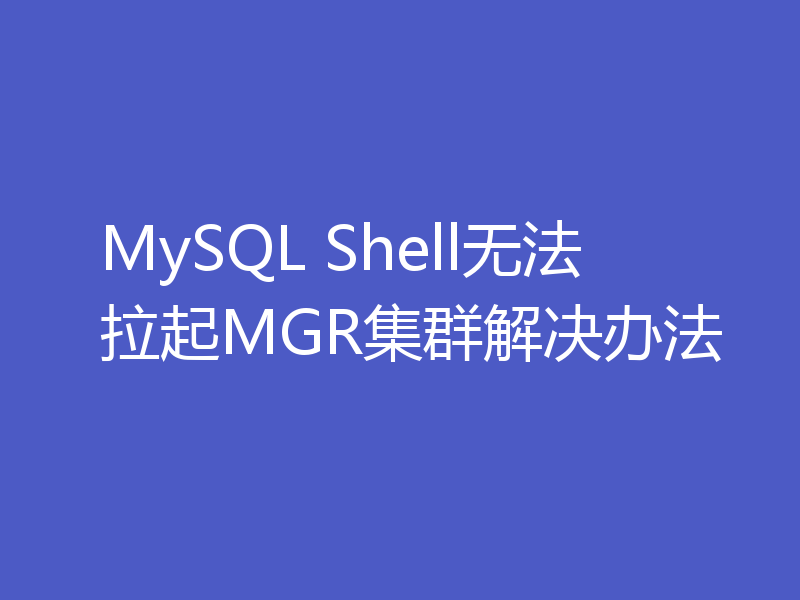
- 下一篇
- MySQL Shell无法拉起MGR集群解决办法
-

- 数据库 · MySQL | 1天前 |
- MySQL数值函数大全及使用技巧
- 117浏览 收藏
-

- 数据库 · MySQL | 3天前 |
- 三种登录MySQL方法详解
- 411浏览 收藏
-
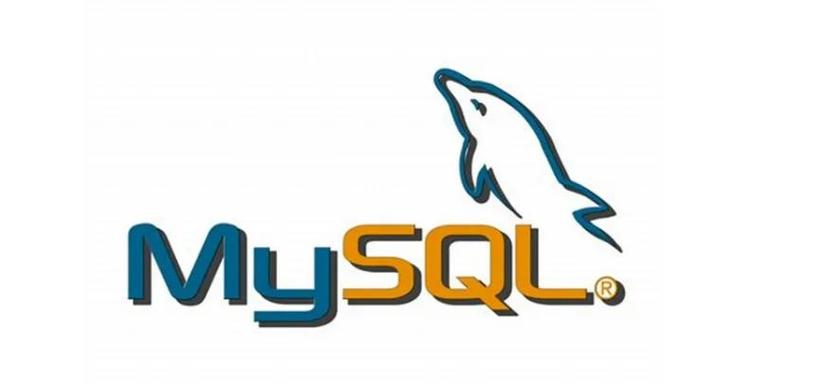
- 数据库 · MySQL | 3天前 |
- MySQL数据备份方法与工具推荐
- 420浏览 收藏
-
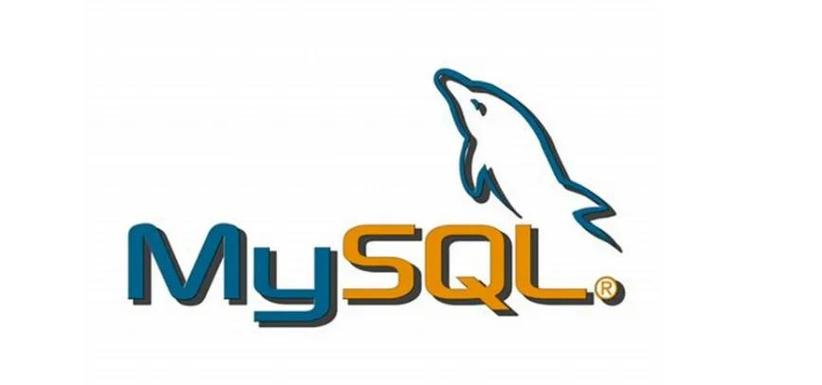
- 数据库 · MySQL | 3天前 |
- MySQL数据备份方法与工具推荐
- 264浏览 收藏
-

- 数据库 · MySQL | 4天前 |
- MySQL索引的作用是什么?
- 266浏览 收藏
-

- 数据库 · MySQL | 5天前 |
- MySQL排序原理与实战应用
- 392浏览 收藏
-

- 数据库 · MySQL | 1星期前 |
- MySQLwhere条件查询技巧
- 333浏览 收藏
-

- 数据库 · MySQL | 1星期前 |
- MySQL常用数据类型有哪些?怎么选更合适?
- 234浏览 收藏
-

- 数据库 · MySQL | 1星期前 |
- MySQL常用命令大全管理员必学30条
- 448浏览 收藏
-
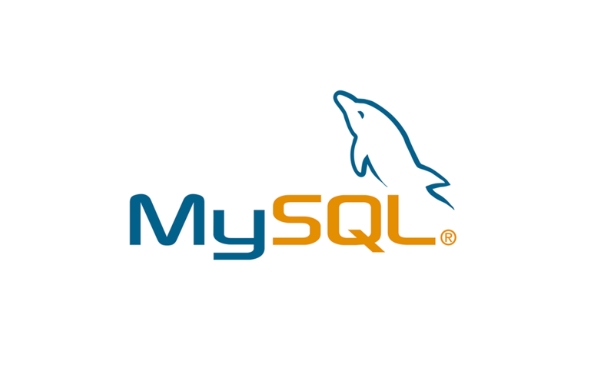
- 数据库 · MySQL | 1星期前 |
- MySQL高效批量插入数据方法大全
- 416浏览 收藏
-

- 数据库 · MySQL | 1星期前 |
- MySQL性能优化技巧大全
- 225浏览 收藏
-
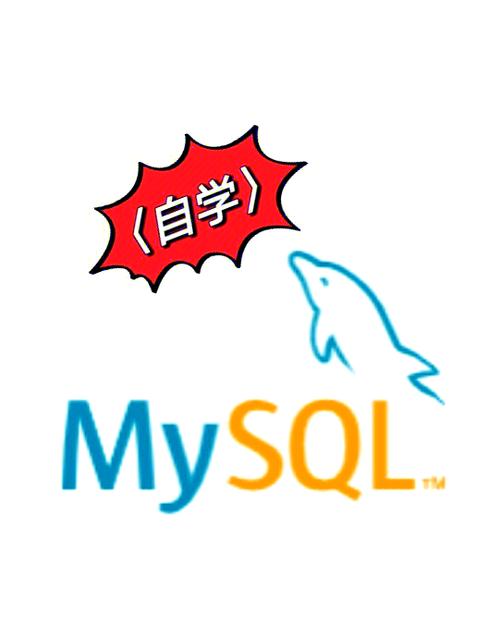
- 数据库 · MySQL | 1星期前 |
- MySQL数据备份4种方法保障安全
- 145浏览 收藏
-

- 前端进阶之JavaScript设计模式
- 设计模式是开发人员在软件开发过程中面临一般问题时的解决方案,代表了最佳的实践。本课程的主打内容包括JS常见设计模式以及具体应用场景,打造一站式知识长龙服务,适合有JS基础的同学学习。
- 543次学习
-

- GO语言核心编程课程
- 本课程采用真实案例,全面具体可落地,从理论到实践,一步一步将GO核心编程技术、编程思想、底层实现融会贯通,使学习者贴近时代脉搏,做IT互联网时代的弄潮儿。
- 516次学习
-

- 简单聊聊mysql8与网络通信
- 如有问题加微信:Le-studyg;在课程中,我们将首先介绍MySQL8的新特性,包括性能优化、安全增强、新数据类型等,帮助学生快速熟悉MySQL8的最新功能。接着,我们将深入解析MySQL的网络通信机制,包括协议、连接管理、数据传输等,让
- 500次学习
-

- JavaScript正则表达式基础与实战
- 在任何一门编程语言中,正则表达式,都是一项重要的知识,它提供了高效的字符串匹配与捕获机制,可以极大的简化程序设计。
- 487次学习
-

- 从零制作响应式网站—Grid布局
- 本系列教程将展示从零制作一个假想的网络科技公司官网,分为导航,轮播,关于我们,成功案例,服务流程,团队介绍,数据部分,公司动态,底部信息等内容区块。网站整体采用CSSGrid布局,支持响应式,有流畅过渡和展现动画。
- 485次学习
-

- ChatExcel酷表
- ChatExcel酷表是由北京大学团队打造的Excel聊天机器人,用自然语言操控表格,简化数据处理,告别繁琐操作,提升工作效率!适用于学生、上班族及政府人员。
- 3169次使用
-

- Any绘本
- 探索Any绘本(anypicturebook.com/zh),一款开源免费的AI绘本创作工具,基于Google Gemini与Flux AI模型,让您轻松创作个性化绘本。适用于家庭、教育、创作等多种场景,零门槛,高自由度,技术透明,本地可控。
- 3381次使用
-

- 可赞AI
- 可赞AI,AI驱动的办公可视化智能工具,助您轻松实现文本与可视化元素高效转化。无论是智能文档生成、多格式文本解析,还是一键生成专业图表、脑图、知识卡片,可赞AI都能让信息处理更清晰高效。覆盖数据汇报、会议纪要、内容营销等全场景,大幅提升办公效率,降低专业门槛,是您提升工作效率的得力助手。
- 3410次使用
-

- 星月写作
- 星月写作是国内首款聚焦中文网络小说创作的AI辅助工具,解决网文作者从构思到变现的全流程痛点。AI扫榜、专属模板、全链路适配,助力新人快速上手,资深作者效率倍增。
- 4515次使用
-

- MagicLight
- MagicLight.ai是全球首款叙事驱动型AI动画视频创作平台,专注于解决从故事想法到完整动画的全流程痛点。它通过自研AI模型,保障角色、风格、场景高度一致性,让零动画经验者也能高效产出专业级叙事内容。广泛适用于独立创作者、动画工作室、教育机构及企业营销,助您轻松实现创意落地与商业化。
- 3790次使用
-
- golang MySQL实现对数据库表存储获取操作示例
- 2022-12-22 499浏览
-
- 搞一个自娱自乐的博客(二) 架构搭建
- 2023-02-16 244浏览
-
- B-Tree、B+Tree以及B-link Tree
- 2023-01-19 235浏览
-
- mysql面试题
- 2023-01-17 157浏览
-
- MySQL数据表简单查询
- 2023-01-10 101浏览



